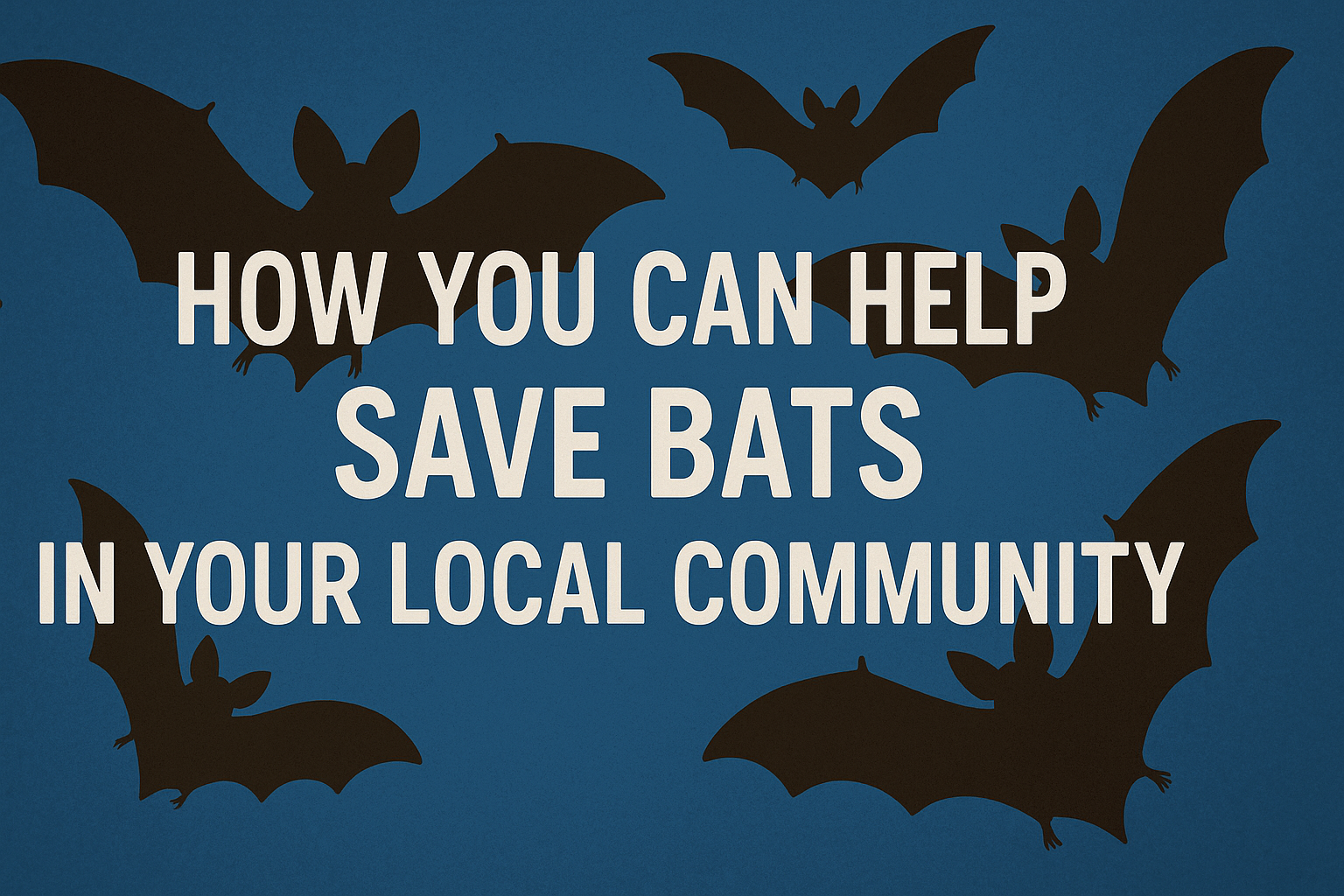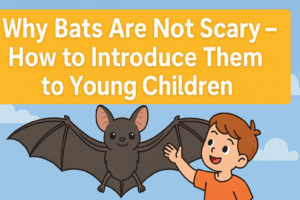Let’s get one thing straight: bats are in trouble—and they need your help.
But wait, don’t scroll! You don’t need a biology degree or a cave in your backyard to make a difference. In fact, you can start helping bats right here, right now, in your own community.
So if you’ve ever:
- Wanted to protect wildlife
- Hoped to reduce pesticides in your neighborhood
- Wondered how to be an eco-hero without spending your life savings
This post is for you.
Let’s talk about why bats need saving, what you can do about it, and how to turn your neighborhood into a safe, welcoming space for the real MVPs of the night sky.
First, Why Do Bats Even Need Help?
Great question. Here’s the quick-and-dirty truth:
Bats are disappearing.
Many species are in steep decline due to:
- Habitat loss
- White-nose syndrome (a deadly fungal disease)
- Pesticide use
- Misinformation and fear
- Climate change
In North America alone, millions of bats have died in the last two decades.
The result?
Fewer bats = More bugs, weaker ecosystems, and more strain on agriculture.
But You Can Help—Right in Your Own Backyard or Town
Whether you’ve got a sprawling garden, a small balcony, or just a passion for nature, here are 10 simple, actionable ways you can help save bats in your community:
1. Install a Bat House
Give bats a safe place to roost that’s NOT your attic.
How to do it:
- Buy a pre-made bat house or build one (Bat Conservation International has great plans)
- Mount it 12–20 feet high, facing south or southeast
- Place near trees, water, or open space
- Make sure it gets at least 6–8 hours of sunlight per day
A bat house can support hundreds of bats—imagine all the mosquitoes they’ll eat for you.
2. Plant a Bat-Friendly Garden
You know how we talk about “bee-friendly” plants?
Well, bats have a wishlist too—it just looks a little different.
What to plant:
- Night-blooming flowers like moonflower, evening primrose, and nicotiana
- Herbs like mint, basil, and thyme (they attract insects bats feed on)
- Native plants that support insect biodiversity
Pro tip: Mix your garden with vertical layers—flowers, shrubs, and small trees all attract different bugs = buffet for bats.
3. Turn Off Outdoor Lights
Light pollution messes with bats. Big time. It throws off their navigation, scares away their food, and deters them from roosting.
Solutions:
- Use motion-activated lights
- Swap bright LEDs for warm-colored bulbs
- Keep garden/pathway lights off when not needed
- Advocate for “dark sky” ordinances in your town
Remember: darkness = dinner time for bats. Let them hunt in peace.
4. Go Pesticide-Free
Pesticides kill bugs.
Bats eat bugs.
No bugs = no bats = more bugs later (you see the problem?).
What you can do:
- Use organic gardening methods
- Attract natural pest control allies (like bats, birds, ladybugs, spiders)
- Talk to your neighbors about going chemical-free
- Support local farms that use sustainable methods
Healthier bugs = healthier bats = healthier everything.
5. Educate Others (Bat Myths = Bat Deaths)
Let’s bust some myths while we’re at it:
“Bats will get tangled in your hair.”
Nope. They have better reflexes than a video game ninja.
“Bats carry rabies.”
Only about 0.5% of bats carry rabies—and they avoid humans.
“All bats drink blood.”
Only 3 species worldwide do. None of them live in North America.
What you can do:
- Share bat facts on social media
- Talk to kids about the benefits of bats
- Bring up bats at school events, community gardens, or town halls
- Attend (or start!) a local bat education event
You don’t need to be an expert—just passionate.
6. Protect Local Roosts and Habitats
If you know of a spot where bats roost (like an old tree, barn, or cave), don’t disturb it.
Instead:
- Talk to property owners about the importance of keeping roosts intact
- Ask local parks or trail managers if bat habitats are protected
- Advocate for preserving dead trees (snags), which many bats use for roosting
If a bat colony is causing problems (like roosting in someone’s attic), encourage humane exclusion and offer to help install a nearby bat house.
7. Protect Water Sources
Bats, like all wildlife, need fresh water. Streams, ponds, birdbaths—it all matters.
What you can do:
- Keep birdbaths clean
- Avoid dumping waste or chemicals near local waterways
- Support wetland restoration projects in your area
- Advocate against urban development that harms local watersheds
If your neighborhood has a community garden or green space, help install a wildlife-friendly water source!
8. Support Bat Conservation Orgs
There are people out there doing hardcore bat-saving work. Support them however you can.
Awesome groups include:
- Bat Conservation International
- The Bat Conservation Trust (global)
- Ohio Bat Working Group
- Local wildlife rehab centers
You can:
- Donate
- Volunteer
- Share their content
- Attend their events
- Buy merch that supports their efforts
Even $10 can help fund education programs, disease research, and bat habitat protection.
9. Host a Community Bat Build Night
Gather your neighbors, friends, or classroom and build bat houses together!
It’s fun, hands-on, and super educational.
Supplies you’ll need:
- Wood planks
- Non-toxic paint
- Nails or screws
- Plans (download from a reputable site like batcon.org)
- Snacks + good vibes
Your community ends up with a better understanding of bats—and a few new roosts in the process.
10. Celebrate Bats at Local Events
Events like the Ohio Bat Festival or local bat walks are awesome ways to raise awareness and bring people together.
Check out:
- Metropark nature centers
- State park wildlife programs
- Local Audubon Society chapters
- Zoo or museum events focused on native wildlife
Bring your kids. Bring your friends. Bring your curiosity.
The more people who understand bats, the more people who’ll fight to protect them.
Final Thoughts: Be the Bat Advocate Your Community Needs
We get it—bats are often misunderstood.
But they’re also amazing, essential, and deeply threatened.
With just a few small actions, you can turn your backyard, block, or entire neighborhood into a bat-safe zone.
You don’t need to wear a cape to be a hero (though we fully support that choice). You just need to care.
So go ahead:
- Hang that bat house
- Plant that moonflower
- Turn off the lights
- Tell your friends
- Protect your wild neighbors
Bats do so much for us.
Let’s finally do something for them.
Got questions about how to start? Want help building a bat house or choosing native plants? Drop a comment—I’m always here for a bat chat




